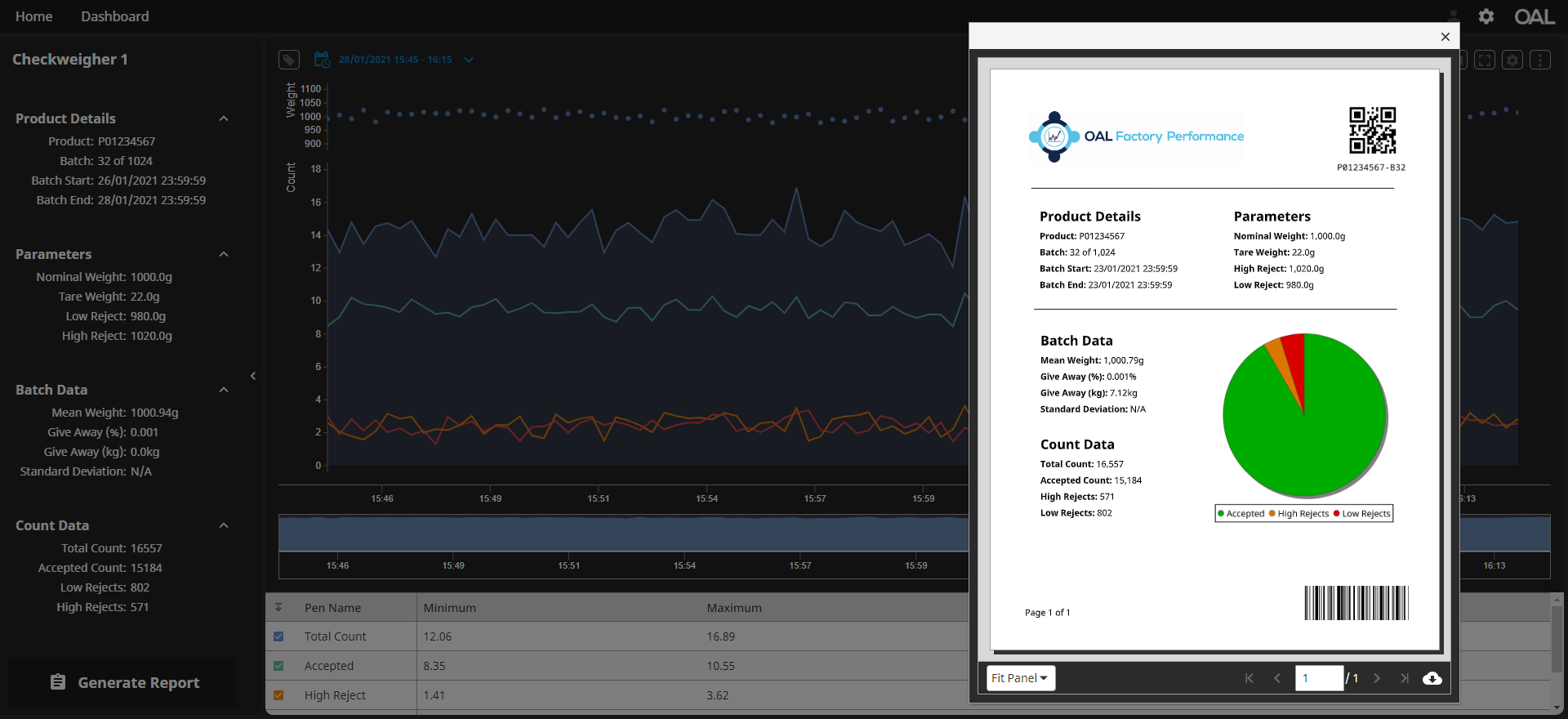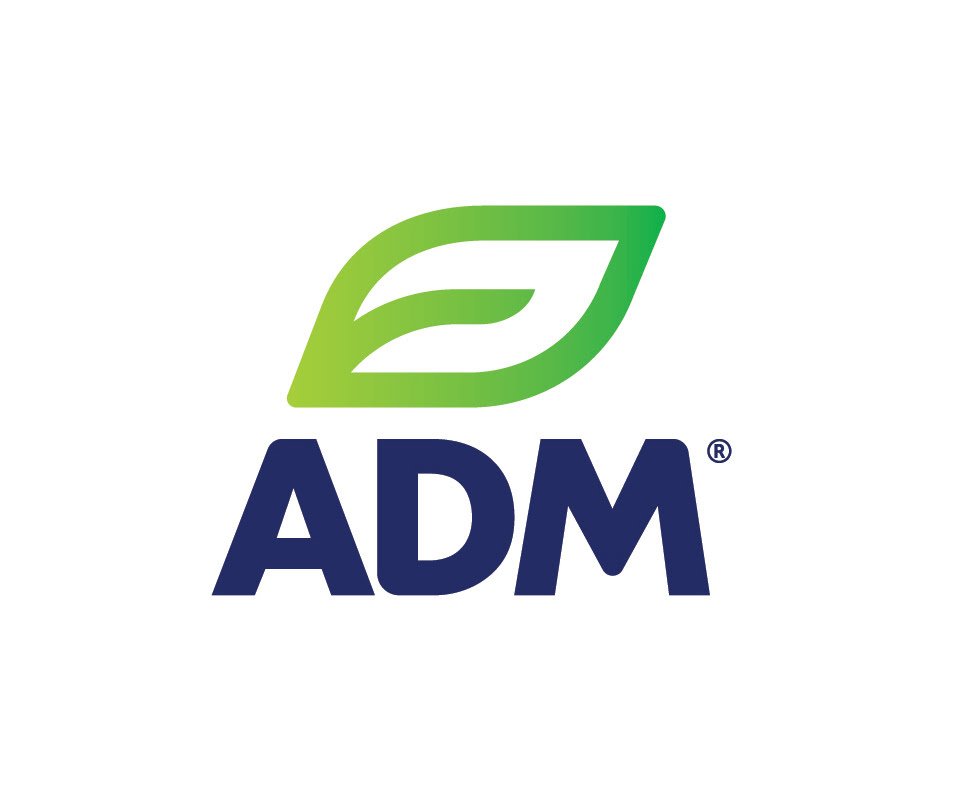9 key benefits of ERP Integration with your Packaging Line
Fresh produce and food manufacturing businesses on digital transformation programmes understand the importance of integrating enterprise resource planning (ERP) with manufacturing and shopfloor operations. This blog shares the key benefits of integration, highlights successful applications from other food manufacturers, and explains how the integration is achieved using the Ignition SCADA/MES platform.
Why integrate ERP with your manufacturing operations?
Food manufacturers can improve their profitability, agility, and efficiency by integrating SCADA and ERP. The integration adds real-time data to your ERP system, gives context to shopfloor data, and enables the coordination of schedules, orders, distribution, and more, helping your company comply with regulations, improve efficiency, increase transparency, and accelerate data availability and synchronisation.
If your systems are not integrated and are “siloed” you are likely to suffer from these issues:
Inaccurate information. Manual data input for OEE calculations skews efficiency measures. Teams can lose trust in data and question its reliability.
Higher operating costs. Reliance on manual double entry (sometimes more) of critical information.
Slow decision-making. Changes in customer orders or raw material shortages don’t reach key personnel in a timely manner. For instance, receiving a custom report the day after versus real-time notification.
Increased opportunity for error. Entering information in multiple systems increases the chance of re-keying incorrect data.
Decreased agility and ability to understand the full value stream. Departments and teams struggle to see the bigger picture. Improvements can be made to an asset or area but not the whole value system.
ERP integration will have a transformational impact on your manufacturing business, streamlining and providing critical real-time information. But can it deliver a payback? With rising wages and limited availability, the cost of lost hours and downtime is increasing.
A £50,000 investment needs to save 2,000 hours* per annum to deliver a 1-year payback or just 5.5 hours per day.
*Based on hourly wage rate of £25 per hour taking into account total cost of employment.
So how do we save those hours? Here are some benefits of ERP Integration to consider:
1) Data Integrity
Integration creates a single source of truth for your business. For label and date code verification (Autocoding), this means that you no longer need to manage two product databases. SKU packaging, data code and variable field (country of origin) data can all be held in your ERP.
2) Agile Scheduling
Changes in ERP scheduling or other scheduling software are immediately updated for operations. Time isn’t lost preparing for the wrong job.
In 2020, OAL installed a standalone label and date code verification system at Worldwide Fruit. In 2023, we completed a project integrating the label verification system with their ERP.
Target pack counts update throughout the day based on actual orders received in your ERP.
3) Agile response to customer orders and requirements
Update and respond to changes to customer order volumes and requirements in real-time.
At Driscoll's (formerly Berry Gardens) OAL integrated their packaging line control and provided an OEE system built on Ignition integrated with their ERP, Prophet. Their customer order quantities are updated throughout the day and now operations know as soon as they change!
4) Improved business insight & target-setting
Benefit from real-time information and generated by reports dedicated to your specific data requirements.
Yield and giveaway are key metrics for businesses packing expensive dairy and meat products. Management can see yield in real-time as opposed to a report the day after.
5) Enhanced collaboration with works order visualisation
Align technical, operations, engineering, marketing, and sales with shared real-time data. Receive scheduled works orders from your ERP and visualise works order progress through your factory, including real-time ingredient traceability and consumption.
When raw material delays or shortages occur, you can quickly pull together a new schedule based on what you have on hand and what you need to make. With a better understanding of your overall order pipeline, you can start towards strategies like “just-in-time manufacturing.”
6) Track raw materials and inventory through production
Inventory is an easy win when integrating SCADA and ERP systems. You can track which raw materials are in the warehouse, what you need to produce orders for a given day, and which finished goods will be ready for shipment once production is complete. If you find you are running low on raw materials, you can quickly shift production to another order before the lack of raw materials stops the line. Then, by tracking real-time production, you can trigger the re-ordering of materials and parts during production when inventory starts to get towards your order threshold.
At Premier Foods, Ashford, OAL’s SCADA and MES solution integrates with SAP to track raw materials and report real-time usage.
7) Lower operational costs
By using streamlined business processes and highlighting improved best practices through real-time data, you can also lower management costs through uniform and integrated systems.
8) Consistent cyber secure infrastructure
From the back office to the front office, all business activities will have the same look and feel, making training easier. Ignition features ultra-secure SSL technology and supports modern cyber security protocols such as federated identity infrastructure, multi-factor authentication (MFA), and single sign-on (SSO).
9) Reduce risk with the right product raw material validation
Integration to ERP can validate ingredient usage against live jobs and bill of materials in production. For example, to enable or disable the tip sequence to prevent incorrect materials from being introduced.
How to use Ignition to integrate your ERP with manufacturing operations?
ERP is an IT system, and SCADA is an OT system. Transferring data is difficult as OT and IT use different languages, and their data is stored and gathered in different ways.
Ignition makes the process of connecting SCADA to cloud ERP much easier. Ignition is a web-based SCADA, MES, IIoT, and HMI platform built on open standard technologies, and it is already designed to connect SCADA and OT with IT through an OPC UA server. Depending on the application requirements the integration can be achieved in four different ways.
1. Set up an API (Rest)
Provides a direct network connection between the ERP and the SCADA/MES for real-time, bi-directional information exchange.
OAL’s Label and Date Code Verification and APRIL Robotic Weighing systems have a standard Rest API for communicating with ERPs.
2. Shared Database Table
A database table is established as a common communication point. The ERP system and the SCADA/MES system use this table to exchange information.
OAL has completed many integrations using shared SQL tables. For instance, the Premier Foods SCADA system at Ashford uses shared SQL tables.
3. Stored Procedure or “View"
A stored procedure or “view” is installed in the ERP database for the SCADA/MES application to read and/or modify a specified subset of data from the ERP system.
Where possible we avoid this methodology as it can be difficult to ascertain the origin of a new or changed item of data.
4. Export CSV or XML File (Flat File)
The ERP writes a .csv file to a common location. The SCADA/MES software regularly looks for new files containing needed information. For instance, exporting a CSV schedule of works orders and upload to the SCADA/MES to provide a schedule. This approach is common if you’re running a legacy ERP with no connectivity, for instance, we have used this approach to integrate systems within the UK’s largest flour mill.
We would love to share more with you about the benefits of ERP Integration.
If you would like to discuss more about how ERP integration would be beneficial to your operation, then reach out to the OAL team.






